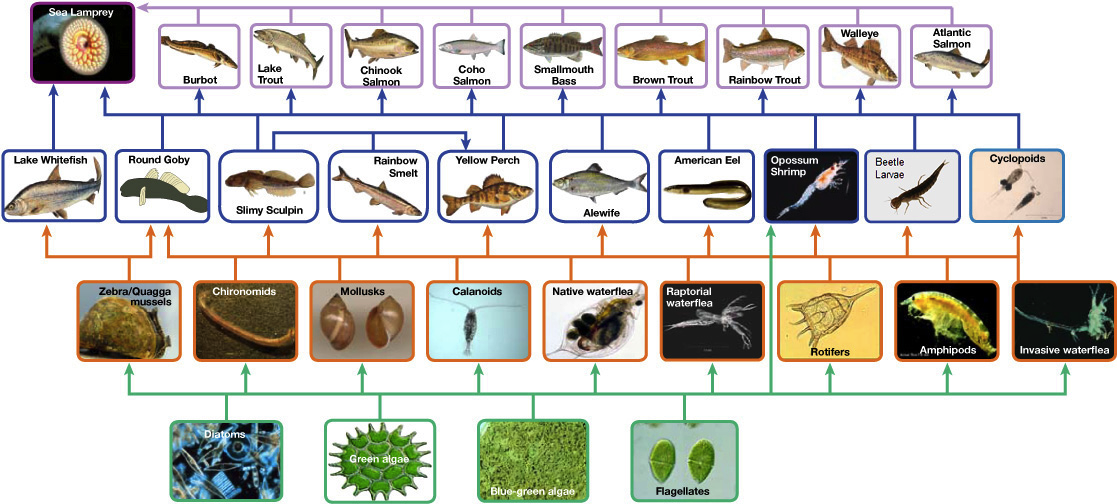

Poor handling at this stage is likely to result in increased fear, stress and injury (EFSA Panel on Animal Health and Welfare, 2010). ‘Harvesting’, also called ‘gathering’, is the removal of loose feathers by hand from a live duck/goose during moulting, which is the period when these birds naturally lose their feathers. They are mainly collected after slaughter (about 98%), however, it has been estimated that about 1 to 2% is still collected by ‘harvesting’ at the time of moulting or by ‘live plucking’ (Kozak, Gara and Kawada, 2010). How is down collected?ĭown and feathers are removed from the chest, lower belly, flanks and the areas not covered by the wings. In 2008, the value of the world trade of down and feathers was USD $1.88 billion, and the global market is expected to reach a value of USD $8.24 billion by 2026 (Transparency Market Research, 2018). The largest producer of down is China, accounting for 80% of global production, followed by Taiwan, Thailand, Hungary, Poland, Russia, Ukraine, Romania, Siberia, France, U.S. Down is in high demand worldwide by textile markets as it is a good thermal insulator, which makes it highly valuable for the manufacturing of outdoor clothing, pillows, sleeping bags, doonas and quilts (Kozak, Gara and Kawada, 2010). However, down and feathers can also be an important source of income and are considered a by-product of these industries (Pingel, 2009). Ducks and geese are mainly farmed for the purpose of meat, liver and egg production.
PODUCER MEANING OF ANIMALS FREE
You are free to copy, adapt, modify, transmit and distribute this material as you wish (but not in any way that suggests the ATO or the Commonwealth endorses you or any of your services or products).Down refers to the soft layer of feathers that is closest to a duck or goose’s skin, and is primarily located in the chest and belly regions. © Australian Taxation Office for the Commonwealth of Australia
PODUCER MEANING OF ANIMALS PROFESSIONAL
If you feel that our information does not fully cover your circumstances, or you are unsure how it applies to you, contact us or seek professional advice. Make sure you have the information for the right year before making decisions based on that information. Some of the information on this website applies to a specific financial year. If you follow our information and it turns out to be incorrect, or it is misleading and you make a mistake as a result, we will take that into account when determining what action, if any, we should take. We are committed to providing you with accurate, consistent and clear information to help you understand your rights and entitlements and meet your obligations. You are a primary producer if you run a business of plant or animal cultivation, fishing or pearling, or tree farming or felling.




 0 kommentar(er)
0 kommentar(er)
